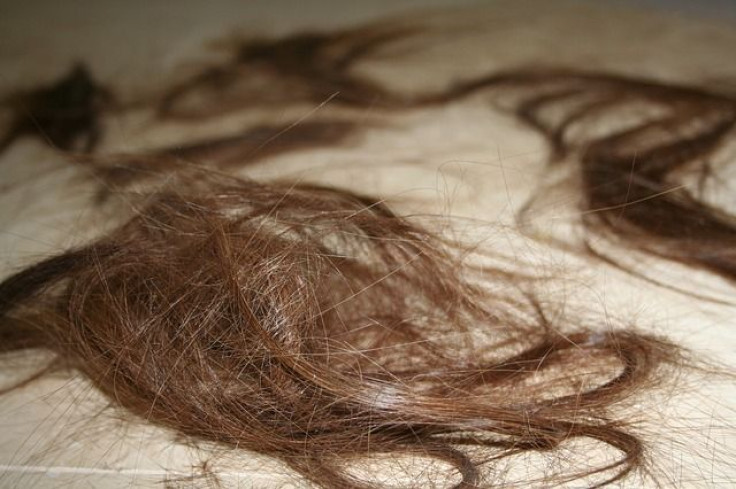Eating Hair Strands May Disrupt Digestive System, Causing Rapunzel Syndrome

You've begun to dig into your plate of food, when you spot an unappetizing side — a strand of hair. You have three options: you could send it back to the kitchen, pick out the hair and eat your plate, or just eat the food with the hair in it. But what'll happen if you swallow that single piece of hair?
In SciShow’s latest video, "What Happens When You Swallow Hair?" co-host Michael Arnada explains a single strand of hair won't do much harm, but a whole clump of hair could be a lot more dangerous, costing you a trip to the hospital. The hair itself is made up of a densely-packed protein called keratin, which is chemically inactive in hair. Humans aren't capable of breaking keratin down, which means the hair will typically pass right through the body.
It is possible staph bacteria — known to upset the stomach — can lead to diarrhea, but this is highly unlikely to cause gastrointestinal issues. If you were to, say, compulsively eat a lot of hair, known as trichophagia, long clumps of hair (trichobezoars) may begin to form in the stomach. Instead of vomiting the hairball up, like cats do, the hairball will just sit in the digestive system; and inhibit it from functioning properly.
In most extreme cases, the tail of the hairball can reach down into the small intestine, known as Rapunzel syndrome. Typically, gastrostomy or enterotomy surgery is the only way to get rid of a hairball problem. In this procedure, the doctor opens up the digestive tract and pulls out the hairball.
So, is eating hair a health risk? For the most part, no.
Currently, the Food and Drug Administration's Food Code guidelines do not caution against hair strands found per plate; they do, however, allow 2 maggots per can of tomatoes. Since the FDA has not received reports of people getting ill from ingesting hair in food, it's not mentioned.
To be safe, if you see a clump of hair on your food, go ahead and send it back.



























